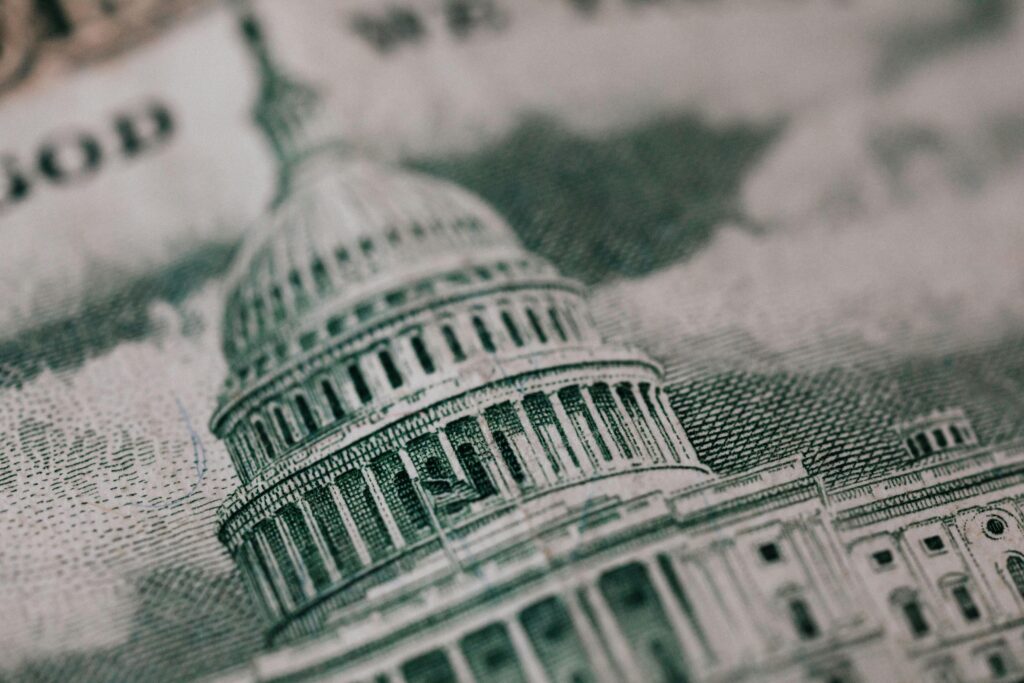What’s Happening Now
Beginning in early 2025, former President Trump reintroduced sweeping tariffs under the banner of “Liberation Day”—now scheduled for early July—with rates ranging from 10% on general imports to as high as 50% on steel and autos. These duties stack atop previous levies, intensifying what the industry calls “tariff stacking”—with combined duties on Chinese goods reportedly reaching a staggering 70%.
The U.S. Federal Reserve has expressed concern that the full economic consequences of all this are still unfolding. Payroll inflation is up, consumer sentiment is down, and businesses remain cautious. The Fed’s pause on rate cuts reflects anxious caution as they await clearer data on inflation, GDP, and unemployment.
Why It’s Happening
- America‑First economic platform
Trump frames these tariffs as a tool to correct trade imbalances, revive domestic manufacturing, and reclaim sovereignty in global trade. He argues that aggressive tariffs will “bring jobs back” and strengthen national security. - Political leverage & strategy
Use of tariffs serves a dual purpose—punishing perceived unfair trade practices while gaining leverage in negotiations. In many cases, they function as political saber‑rattling ahead of bilateral or multilateral deals. - Ongoing pressure tactics
The administration has maintained a steady drumbeat against China, the EU, Canada, Mexico, India, and even Middle Eastern partners. Measures are being positioned to press them toward compliance or trade concessions.
India’s Strategy & Response
India has adopted a cautious but pragmatic approach:
- It imposed 26% reciprocal duties on select U.S. goods, yet avoided sweeping retaliation.
- Officials describe the move neither as a setback nor victory, even as India engages in fresh trade deal discussions with the U.S., targeting a bilateral agreement by fall 2025.
- Industry voices highlight hard truths: America accounts for ~20% of India’s exports; a 10‑15% hit to that could shave off ~0.2% of GDP.
- Experts say India may proactively cut tariffs on U.S. imports (~$23 billion) to offset damage to its ~$66 billion export interests.
- Others note this external pressure could spark broader economic reforms in India, nudging industries toward global competitiveness.
China’s Counterpunch
China has mounted a robust response:
- Beijing retaliated with 15–34% tariffs on key U.S. goods—agriculture, coal, machinery and more.
- They’ve openly vowed to “fight … till the bitter end” and are pursuing legal action through the WTO.
- However, China also holds the upper hand—its large domestic market, political stability, and fiscal tools give it staying power the U.S. lacks.
- A temporary “reset” trade truce with tariff reductions (e.g., 145% → 30%) was negotiated in early May, but such compromises are tenuous.
Europe’s Diplomatic Balancing Act
The EU is walking a fine line:
- Brussels warns that without agreements like a “UK‑style” arrangement, it could face punitive duties (e.g., 50% steel, autos) from July.
- Internally, EU members remain split—some advocating negotiation and a possible 10% flat tariff, others pushing for aggressive retaliation (~€26 billion worth) .
- EU officials continue to champion a “zero‑for‑zero” tariff swap, but Trump has outright rejected similar offers.
- The EU is also prepared to retaliate through other means—digital taxes or sanctions—if negotiations stall .
Middle East & MENA Region
Middle Eastern nations, while largely exempt from tariffs on oil and gas, have felt collateral impact:
- Broad 10% reciprocal tariffs have been applied to non-energy industries, with some nations facing punitive tariffs up to ~40% .
- The fallout includes higher costs for machinery, fertilizers, consumer goods, and overall trade uncertainty.
- However, this has spurred a strategic shift—the India–Middle East–Europe Economic Corridor (IMEC) and meaningful India‑UAE CEPAs aim to reduce Middle Eastern dependence on both U.S. and China, pivoting toward resilience and diversification.
- Economists see the “strategic interdependence” model (e.g., UAE‑CEPA) as a way to buffer future shocks.
Possible Outcomes
| Scenario | Description |
|---|---|
| Bilateral deals emerge | Gentle resolution—targeted agreements with U.S. partners (e.g., India, UK, EU), managed trade environment. |
| Escalatory spiral | Broad reciprocal tariffs, stalled global trade, rising consumer prices, supply chain realignment—risk of recession. |
| Multilateral arbitration | More countries take disputes to WTO; U.S. courts already flagged presidential overreach . |
| New trade bloc formation | IMEC, India‑UAE CEPAs gain momentum as hedges against volatility, redirecting flows away from U.S. . |
| Fed & global policy divergence | Inflation driven by tariffs keeps rates high in U.S., while Europe/Norway/Switzerland cut, increasing currency and capital market volatility . |
Conclusion
Trump’s reimposed and stacked tariffs mark a renewed era of economic assertiveness centered on sovereignty and leverage. But the consequences are complex:
- India seeks trade resilience through diplomacy and diversification, leveraging trade deals with both the U.S. and EU.
- China counters robustly while wielding domestic power, but remains vulnerable to global trade disruption.
- Europe dances between retort and reconciliation, keen to avoid a damaging trade war.
- Middle Eastern economies pivot away from dependency, forging corridors and CEPA partnerships to offset U.S. policy shifts.
Global institutions like the Fed and OECD warn that persistent tariff pressure risks slowing growth, spiking inflation, and fracturing economic cooperation. The world now waits to see whether diplomacy, litigation, or decoupling determine the next turn in this unfolding trade saga.



